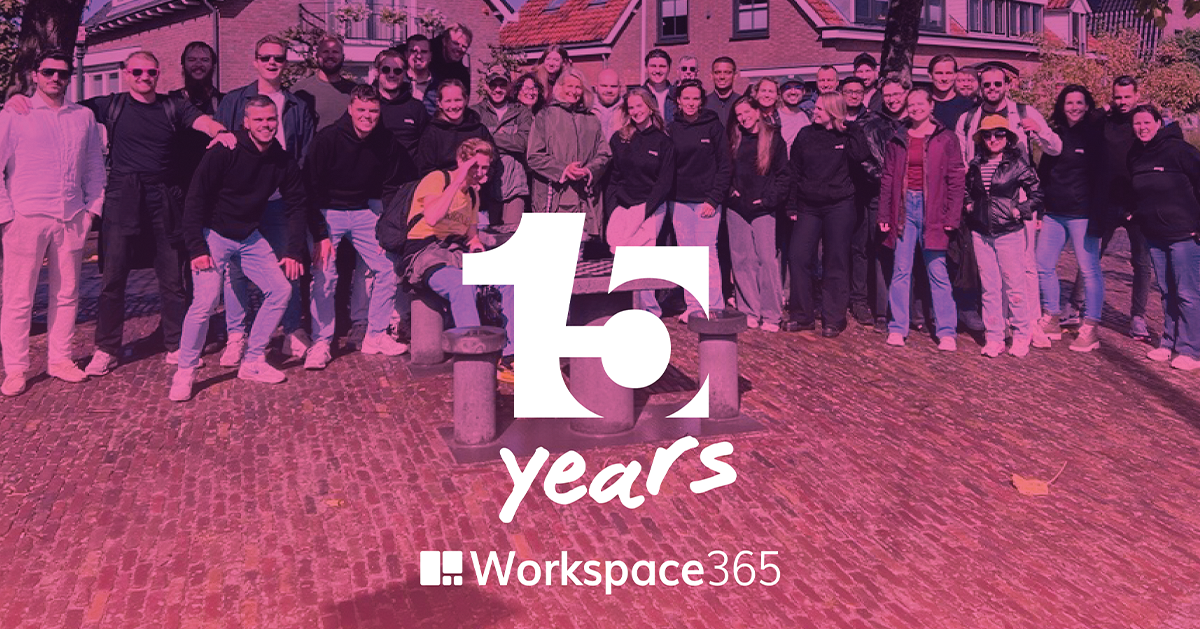When technology drives talent away
This fragmented tech environment isn’t just inconvenient. It makes basic tasks harder, demotivates employees, and adds friction across every workflow. In an overstretched public sector, every wasted minute matters, and so does every lost employee.
Employee retention, often viewed as an HR concern, has become a digital issue. Our research found that 24% of employees would consider leaving their job due to overly complex internal IT systems. A further 35% said they might look elsewhere. Combined, nearly 6 in 10 employees are at risk of walking away, not because of the work itself, but because the tools aren’t up to the task.
Big budgets, slow progress
This is especially alarming given the scale of the UK public sector’s digital investment. Annual spending on digital technology exceeds £26 billion, and the sector employs nearly 100,000 digital and data professionals. Even conservative National Audit Office estimates place digital spending at a minimum of £14 billion per year. And yet, despite this investment, the pace of transformation often lags behind the urgency.
IT simplification in the UK Public Sector
Workplace Insight notes that while the UK government has reaffirmed its commitment to becoming a tech-first public sector, major barriers remain: widespread skills shortages and persistent reliance on legacy infrastructure continue to slow progress. The £2 billion earmarked for IT upgrades in the NHS is a step forward, but in many areas, transformation is still playing catch-up.
A significant 60% of healthcare professionals we surveyed believe their organisation should invest in simplifying the digital workplace to improve productivity.
An impressive benchmark
Still, change is underway. The Digital Development Strategy 2024–2030 sets the vision for modernising infrastructure across the public sector, incorporating cloud services, AI, and digital public infrastructure to enhance service delivery and efficiency. Complementing this is the Government Cloud First policy, now in its twelfth year, which mandates public bodies to consider cloud solutions as their default. Today, around 60% of public sector IT systems have migrated to the cloud, an impressive benchmark even compared to private sector adoption.
The savings opportunity and real-world results
The Ministry of Justice offers a compelling example. By moving to the cloud, they’ve streamlined operations, improved collaboration, and reduced reliance on legacy tools, demonstrating the tangible benefits of simplification in action.
More than half (56%) of healthcare employees told us they desire a centralised location for accessing tools, applications, and documents without the need to switch systems.
According to Public Technology (Feb 2025), full-scale digitisation of the public sector could unlock savings and productivity gains equivalent to 4–7% of total public sector spending. It’s a staggering figure, and it points to one conclusion: digital transformation isn’t just an efficiency play. It’s one of the most powerful levers available to modernise and reform public services.
A simpler, smarter workplace
Getting there means taking deliberate, strategic steps. Successful organisations are:
-
Conducting digital audits to assess the current digital landscape and identify bottlenecks. This allows for more effective use of resources by pinpointing problematic systems and manual processes. The insights also support strategic planning, enabling evidence-based digital transformation aligned with agency goals.
Digital audits also support risk mitigation by identifying security vulnerabilities and compliance risks early, helping reduce the chances of data breaches or regulatory penalties.
-
Implementing cloud-first procurement policies enables agencies to quickly adapt to changing demands without heavy infrastructure investment. They can reduce upfront costs through pay-as-you-go models, and deploy services faster. This approach also supports better collaboration across departments and contributes to sustainability goals by minimising reliance on physical data centers.
-
By connecting data and workflows across departments, agencies can eliminate redundant processes, improve accuracy, and detect anomalies more effectively. Automation also ensures consistent compliance and reduces duplication, waste, and fraud.
By creating a cohesive digital workplace focused on ease of use, public sector organisations can make better-informed decisions, reduce duplication of effort, and deliver services with greater confidence, speed, and consistency.







